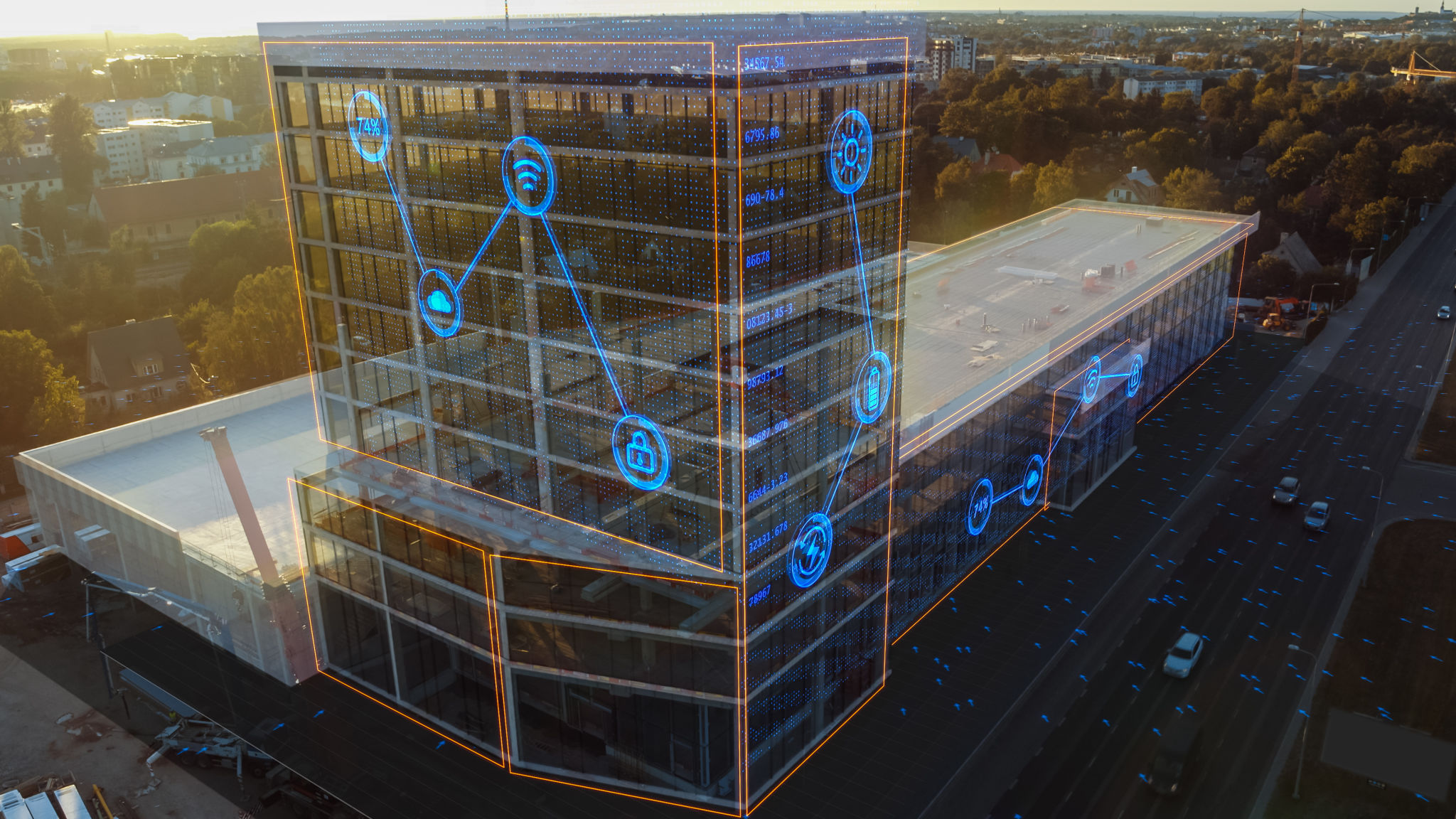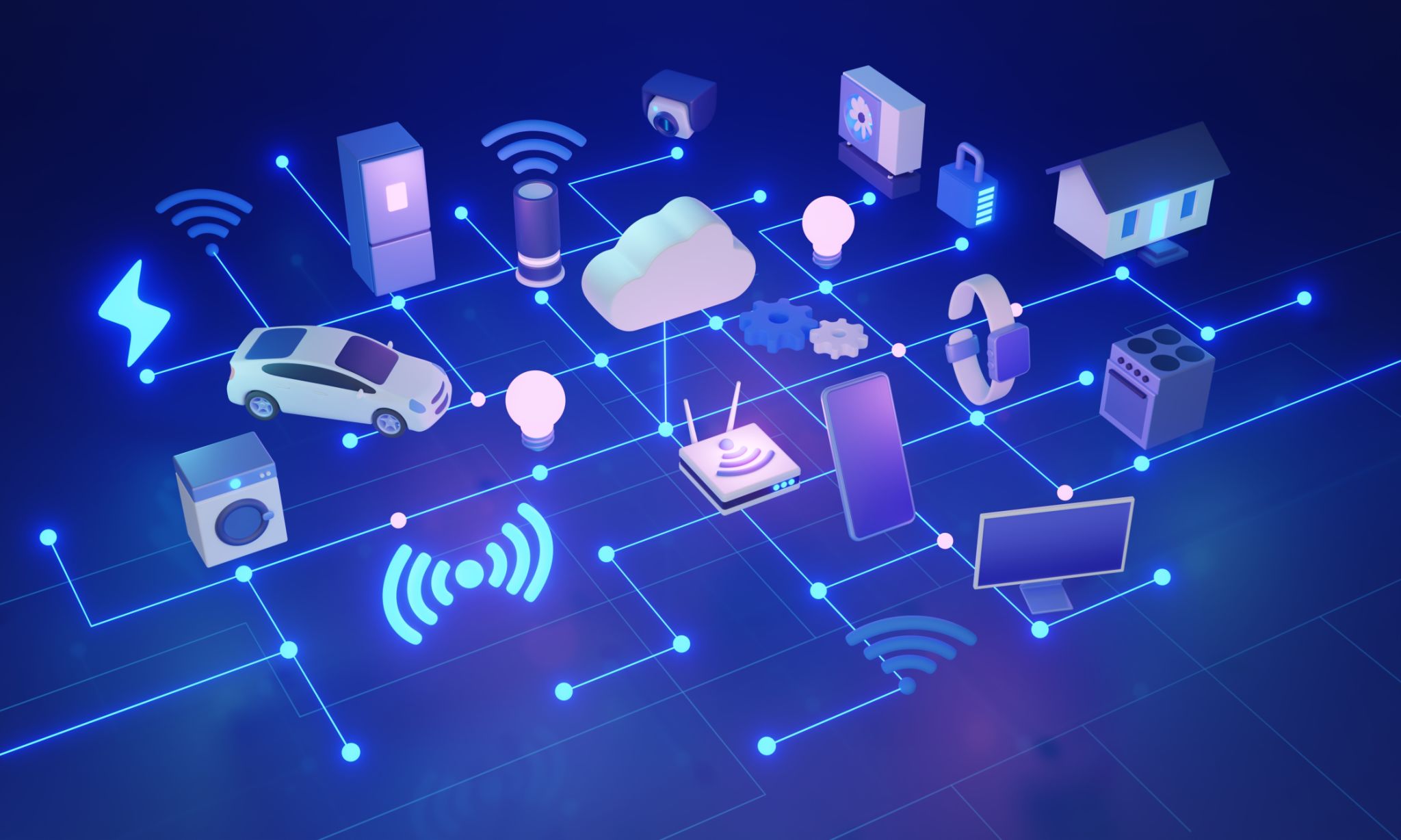Expert Tips on Implementing IoT Sensors for Building Safety
Understanding the Role of IoT Sensors in Building Safety
The integration of Internet of Things (IoT) sensors in building safety systems is revolutionizing how we protect and manage properties. These smart devices offer real-time monitoring and data collection, enabling swift responses to potential hazards. By leveraging IoT technology, buildings can become safer and more efficient environments for occupants.
IoT sensors can detect a variety of conditions, such as temperature changes, smoke, gas leaks, and even structural shifts. When installed correctly, they provide a comprehensive view of building safety, allowing for proactive measures to prevent accidents or damage.

Choosing the Right IoT Sensors for Your Building
Identify Your Building's Specific Needs
Before implementing IoT sensors, it's crucial to identify the specific safety needs of your building. Consider the type of building, its location, and the potential risks associated with it. For instance, a high-rise office building may require different sensors compared to a manufacturing facility with heavy machinery.
Selecting the Appropriate Sensor Types
Once you've assessed your building's needs, it's time to select the appropriate sensor types. Common IoT sensors for building safety include:
- Smoke and Fire Sensors: Essential for early detection of fire hazards.
- Temperature Sensors: Monitor climate conditions to prevent overheating or freezing.
- Gas Leak Detectors: Critical for detecting harmful gas emissions.
- Structural Health Sensors: Monitor the integrity of the building's structure.

Installation Best Practices for IoT Sensors
Strategic Placement
Proper placement of sensors is key to maximizing their effectiveness. Sensors should be installed in areas where they can provide the most accurate data and early detection of potential threats. For example, smoke detectors should be placed near ceilings, while gas detectors should be close to potential leak sources.
Ensure Seamless Connectivity
IoT sensors rely on seamless connectivity to function effectively. Ensure there is a robust network infrastructure in place to support real-time data transmission. This may involve setting up Wi-Fi or other communication protocols that suit your building's architecture and layout.

Maintaining and Monitoring IoT Sensors
Regular Maintenance Checks
To ensure that IoT sensors continue to operate efficiently, regular maintenance checks are necessary. This involves testing the sensors periodically to confirm their functionality and recalibrating them if needed. Maintenance ensures that the sensors provide accurate data when required.
Utilizing Data Analytics for Enhanced Safety
The data collected by IoT sensors can be invaluable for enhancing building safety. By analyzing this data, building managers can identify patterns, predict potential issues, and implement preventive measures. Advanced analytics platforms can provide insights that help in making informed decisions about building safety protocols.
In conclusion, implementing IoT sensors for building safety involves a strategic approach that includes selecting the right sensors, ensuring proper installation, and maintaining them effectively. By harnessing the power of IoT technology, buildings can achieve higher safety standards, providing peace of mind for occupants and managers alike.
